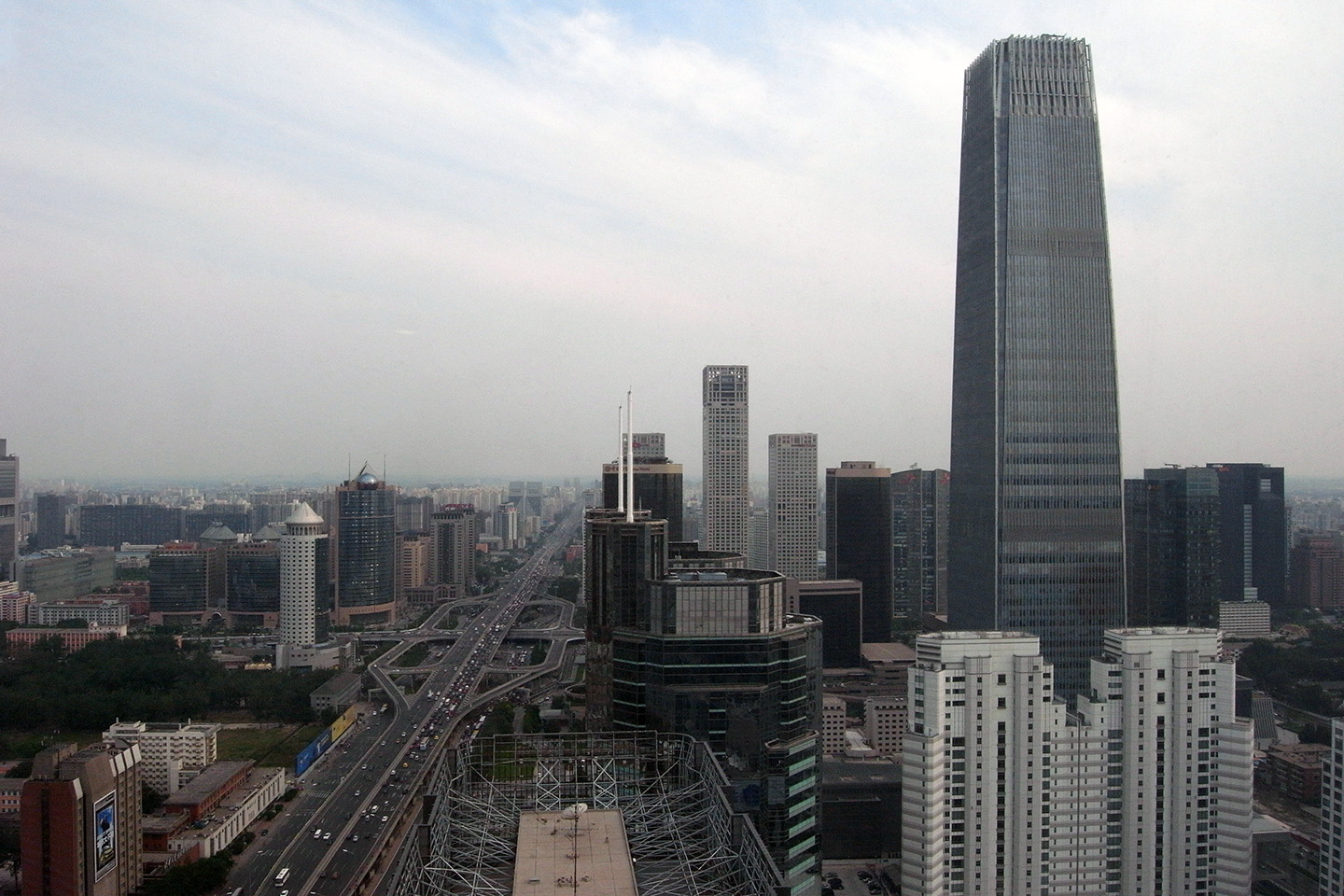Promoting ‘Less Is More’: Beijing’s New Urban Master Plan
Aiming to strengthen Beijing’s position as the center of politics, culture, innovation, and international communication, the Central Committee of the Communist Party of China and the State Council approved Beijing’s 7th Urban Master Plan in September of 2017.
The new plan establishes three phases, from now until 2020, from 2020 to 2035, and 2035 to 2050, which all link to the “Two Centennial Goals (两个一百年, liangge yibainian)” . The plan follows the principle of ‘Less is More’, promoting the concept of ‘reducing for development’ (jianliang fazhan), instead of ‘expanding for development’ (zengliang fazhan). It aims to address metropolitan challenges, such as overcrowding, urban sprawl, pollution and destruction of urban heritage, to name but a few.
The Central Committee plans to strictly control the growing population, keeping it under 23 million by 2020. The tough, recent expulsion of migrant workers, for instance, has shown the intransigence of the authorities on this issue, drawing criticism from many. The plan also aims at cutting down the amount of land available for rural and urban construction, while enlarging the environment controlled area.
At the municipal level, the new plan for Beijing consists of six function areas. The cultural and historical districts of Dongcheng and Xicheng (the Capital Functional Core Area) will become the future Central Government District. It will assume functions of the capital, such as holding diplomatic events or supporting the work of leading organs, reinforcing urban capacities in the city center (elementary school, housing, office, etc.). The districts of Chaoyang, Haidian, Shijingshan and Fengtai (the Central City Area) and Middle Axe and Chang’An Road with their prolongation (the Two Main Axes) will become the main residential and cultural areas. Non-capital functions will be transferred outside the 5th Ring Road.
The suburb of Tongzhou (the Sub-Center Area), therefore, will assume the function of Beijing Municipal Government. The suburbs of Shunyi and Daxing (the Multi-Suburban Areas) will focus on the development of high-tech and emerging industries, while the suburbs of Huairou and Miyun (the Ecological Conservation Areas) will focus on green development by building an Ecological Development Demonstration Area. As these three suburbs will undertake a large amount of Beijing’s medical and educational resources, the low-end industries, such as manufacturing and logistics, will be moved to the peripheries of the greater Beijing.
In an attempt to enhance regional interconnections and accommodate ‘non-capital functions’ distributed from Beijing, the Master Plan contains a new chapter to support the coordinated development of the Beijing, Tianjin, and Hebei region (Jing-Jin-Ji). This chapter also includes the construction of Xiong’an New District.
-
2018/05/04

-
Beijing

-
Modu Team


the other map
Explore arrow
arrow
loading map - please wait...




